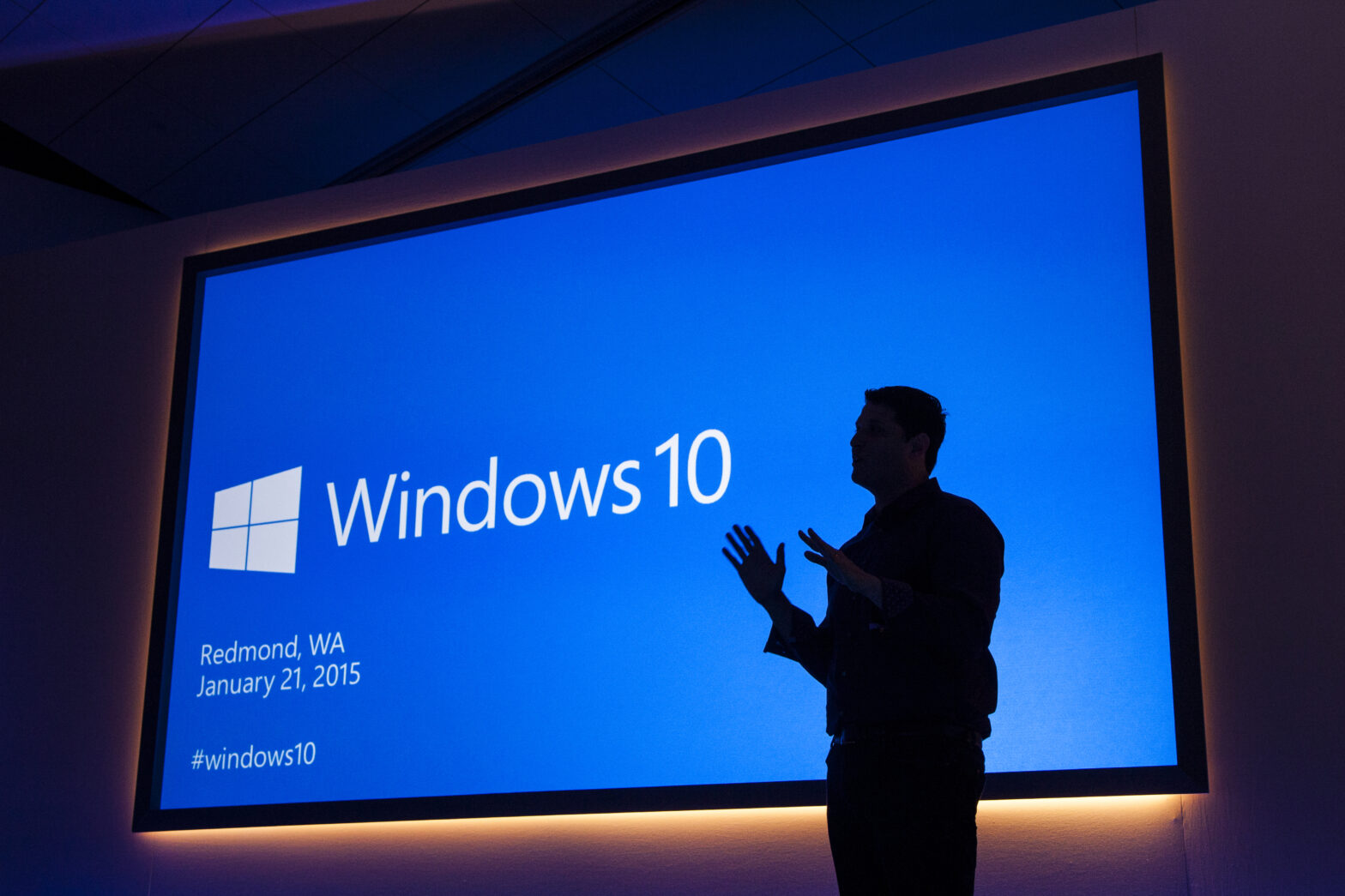Analyst house Gartner predicts that 50% of organisations will have started Windows 10 deployments by January 2017 – the fastest uptake of any Windows operating system. Thanks to this, it will become the most widely-installed version of Windows ever, following in the path of Windows XP and Windows 7 before it.
Several factors are driving migration, but the end of support for Windows 7 in January 2020, as well as strong compatibility with Windows 7 applications and devices, is a major reason why enterprises are making the switch so soon. There’s also a pent-up demand for tablets and convertible laptops.
Many organisations are planning to begin pilots in the first half of 2016, Gartner says, broadening their deployments in the latter part of next year.
Gartner expects that at least half of organisations will have started some production deployments by the beginning of 2017, with an eye to completing their migrations in 2019.
> See also: Windows 10 may be free, but it comes as a huge price to your privacy
‘In the consumer market, a free upgrade coupled with broad legacy device support and automatic over-the-air upgrades ensures that there will be tens of millions of users familiar with the operating system (OS) before the end of 2015,’ said Steve Kleynhams, research vice president at Gartner.
‘For businesses, we expect that implementation will be significantly more rapid than that seen with Windows 7 six years ago.’
The move to Windows 10 is also expected to accelerate various trends in endpoint management: Gartner predicts that by 2019, organisations will deliver twice as many applications remotely compared to 2015, and will be centralising a numbe of applications to enable platform-independent computing.
Nathan Hill, research director at Gartner, sayas that platform-specific Windows apps are likely to become the ‘management minority’, taking up only 30% of the enterprise app portfolio as organisations find it increasingly financially and operationally attractive to ring-fence all of them using device-independent delivery options.
This signals a ‘watershed’ where the remaining business-critical, platform-dependent apps that cannot be replaced, such as legacy apps, will have to shift to allow user-centric computing to evolve at the faster pace that users and software vendors are demanding.
We will also see touch screens become normalised in notebooks as a default feature for notebooks, as manufacturing processes improve, pricing gets more competitive and Windows 10 – which is designed to work on both traditional computers and touch screens – migration accelerates.
Users will soon be demanding more screen real estate for their workspaces and this will bring forth both higher-resolution screens and more of them, leading to scenarios where more money is spent on display screens than on the PC itself.
‘All of these trends portend a new employee workspace that is more mobile, more capable of working more naturally with humans, and, overall, more productive and secure. Endpoint support staff must rethink the workspace and work with suppliers to rearchitect and re-cost standards,’ said Ken Dulaney, vice president and distinguished analyst at Gartner.
‘From an IT perspective, Windows 10 and the move of applications to the back end will dramatically change how those applications are delivered to employees. Updates will be more frequent, more incremental and less obvious to the end user. Software vendors and internal IT have much to do to adapt to this new model and to move away from the image management model for PCs of today.’










